The Chevrolet Camaro Z28: A Blast From the Past
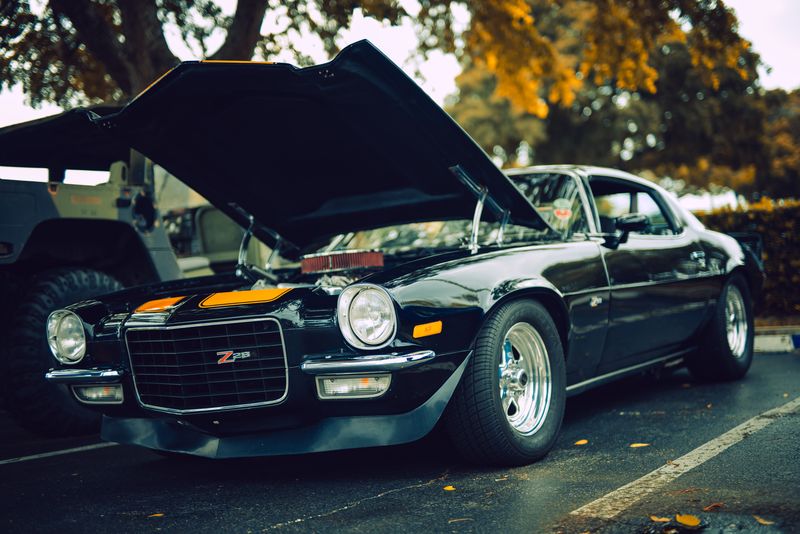

Overview of the Chevrolet Camaro Z28
The Chevrolet Camaro Z28 is a quintessential US muscle car – a high-performance version of Chevrolet’s famous pony car. During the late 1960s, as the golden age of production-based, high-performance motorsport known as the muscle-car era roared its V8 engine, the original Z28 rocketed Chevrolet’s already popular pony car into the stratosphere of the automotive high-performance arena, setting the template for what a serious performance car ought to be.
The Origins of the Chevrolet Camaro
From this brief background on the Camaro, it’s easier to grasp the Camaro Z28’s importance. The Chevrolet Camaro debuted in 1966 as General Motors’ answer to Ford’s Mustang, the low-priced performance car that kicked off pony car wars of the 1960s. Chevrolet wanted a rival that could fill Ford’s capabilities to appeal to performance enthusiasts as well. Designed as a compact, rear-wheel-drive, performance car with diverse engine offerings, the Camaro soon became available in several models.
The Z28 came first as a 1967 special-build model, Chevrolet’s participation in the SCCA Trans-Am racing series, where engine displacement was capped at 5.0 liters (305 cubic inches). This is called a ‘homologation special’, since it’s a road car built to racing specifications, although Chevy knew that, besides being able to race in the SCCA Trans-Am series, the Z28 would also find customers who would use it primarily on the street, and who wanted a car that raced as well as it drove.
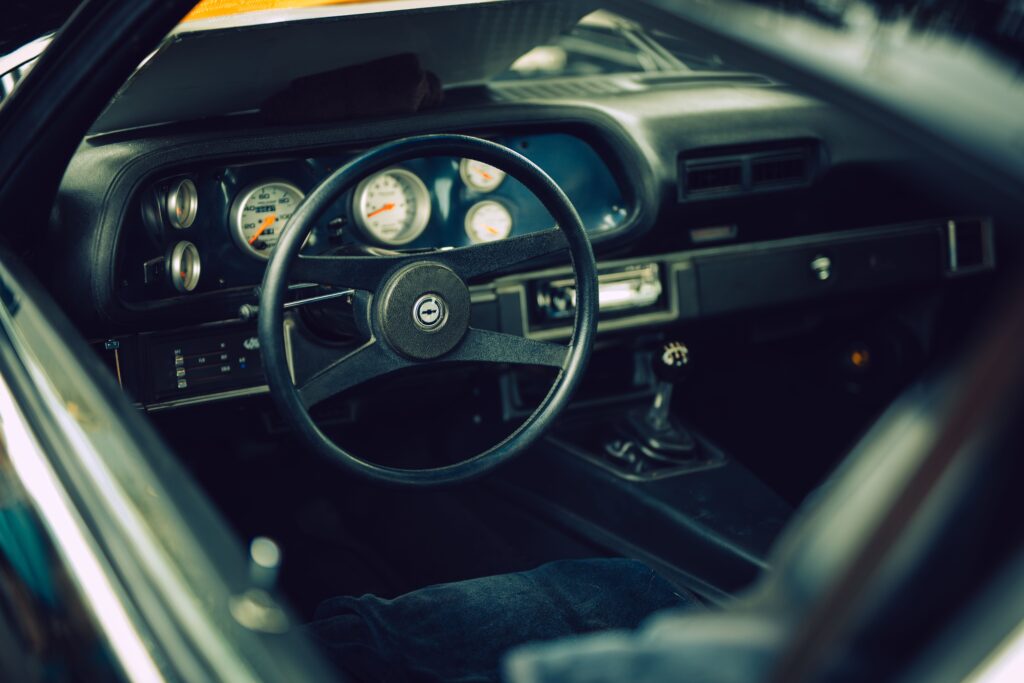
Second-Generation Camaro Z28 (1970-1981)
This is a second-generation Camaro, which ran from 1970-81. An energetic departure from the compact, pony-car styling of the first-generation, which ran from 1967-69, the second-generation Camaro embraced a wider, more muscular form, with improved aerodynamics and sportier proportions. The longer, sleeker, more muscular Z28 in particular is a classic US muscle car, embodying everything that drivers love about golden-era American automotive styling and performance.
Under the Z28’s hood was Chevrolet’s LT1 350 cubic inch 5.7-block V8 engine, a high-revving, high-power motor producing 360 horsepower that delivered a thrilling ride. In its standard tune, it had a high-revving performance character thanks to its high-compression-ratio pistons, fully adjustable solid-lifter camshaft, and a long-draw two-barrel carburetor. The Z28 also featured an upgraded suspension with thicker front and rear stabilizer bars, larger brakes, and wide-stance 50-series rear tires.
The styling, with its long, low-slung hood, fender flares and muscular haunches, and the aggressive-looking stacked headlights front grille with split bumpers, marked the second-gen car as a bona-fide muscle machine. The aero kit, wheels and tyres, and badging helped differentiate the Z28 model from its more pedestrian base model cousins.
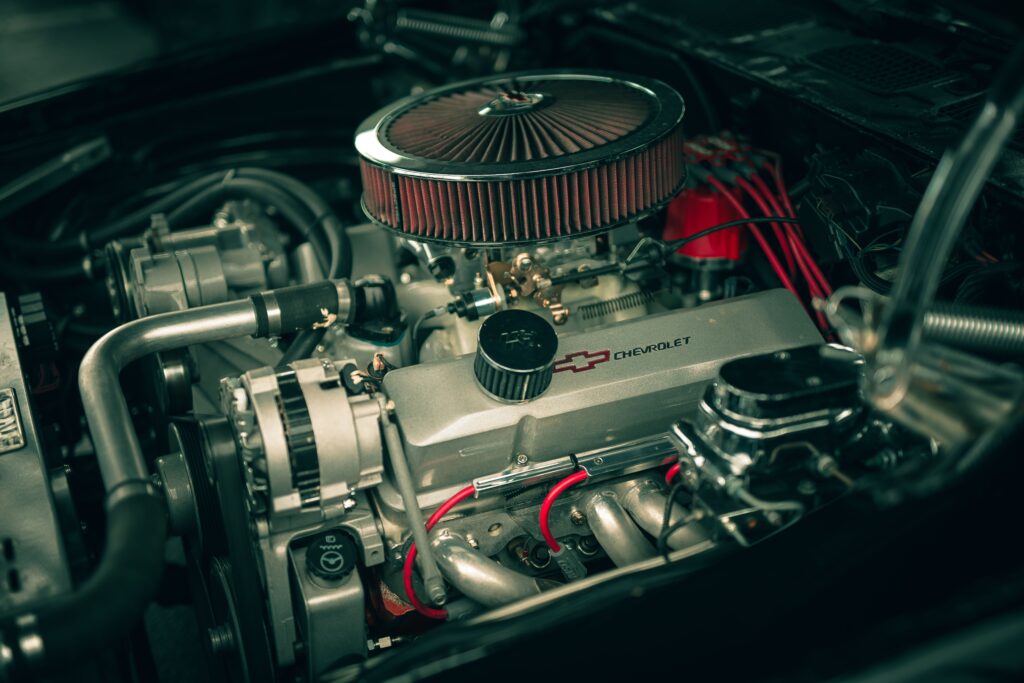
The Z28’s Performance Pedigree
The muscle in the Camaro Z28 at this point was what it did with the power its engine created. It was built to be fast, turn well and stop confidently, and it could go toe-to-toe with almost any other muscle car available – in just about any situation. A high-horsepower V8 engine was the key to its performance, and the LT1 was the right one for the job. It provided both power and torque – what you need for straight-line acceleration and what’s useful for high-speed cornering as well. And, with a bolt-on 4-speed manual transmission, every bit of what the engine produced was available to the driver.
As impressive as its engine was, the Z28 also included a performance-tuned suspension, designed to improve handling and road-holding over an earlier generation Chevrolet Camaro. The Z28 emerged with stiffer springs, stiffer and larger sway bars, and bigger heavy-duty shocks, which made it more nimble in cornering situations than many straight-line speed-oriented rivals. This handling trait was characteristic of performance cars in the mid-1960s, including the acclaimed Shelby Cobra Daytona Coupe, all the way up to the Porsche 550 Spyder of 1953. Another, more subtle, performance feature was the Z28’s braking. The Z28 was equipped with large-diameter, high-power brakes as standard equipment, which aided stopping from high speed.
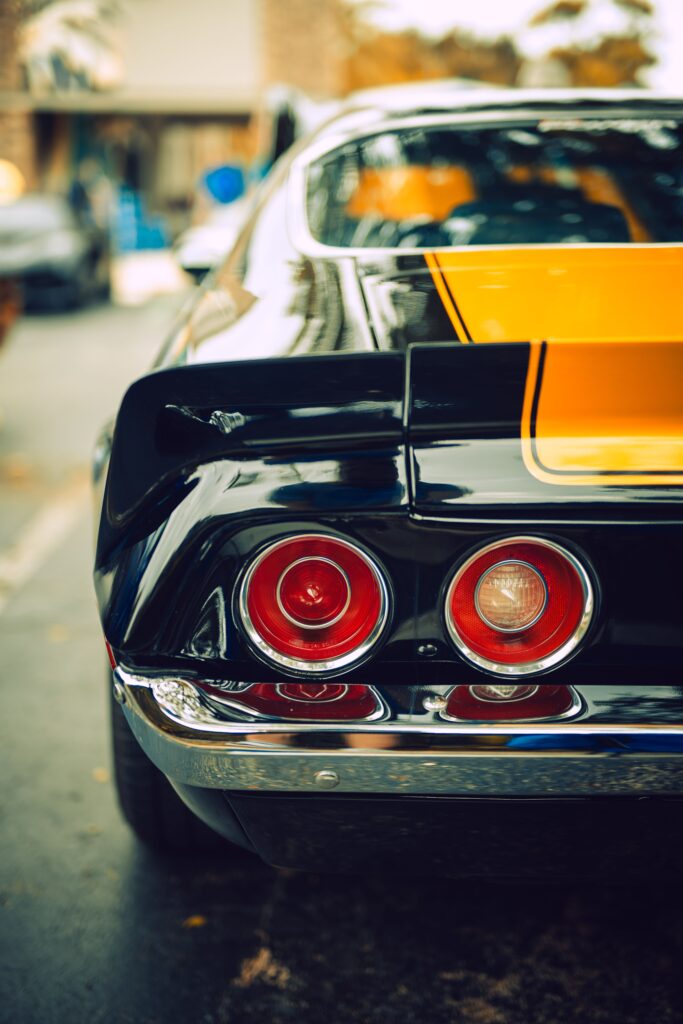
The 1973 Chevrolet Camaro Z28: A Milestone Year
The muscle car shown here is a 1973 Camaro Z28. 1973 was something of a high-water mark for the Camaro; by this point, the early 1970s were a difficult time for muscle cars. New emissions regulations, skyrocketing petrol prices and rising insurance costs all began to take a toll on the performance car market. Muscle cars relied upon high-horsepower engines that were now being replaced by smallish, stingy, frugal six-cylinder engines.
In spite of all those caveats, the 1973 Camaro Z28 still had a stellar reputation as a performance showcase car. In defiance of the new stiffer emissions regulations, horsepower figures were generally reduced only incrementally. The 1973 Z28, for instance, won praise from enthusiasts but was still a potent performer. By Chevy’s own numbers, a 1973 Z28 had reduced output for its famed LT1 350 cubic inch V8 to about 245 horsepower, no doubt a good deal less than the 1969 performance. Yet, the Z28 was still a gasser that merged the aesthetic of high-style with feisty performance.
The Camaro was revamped slightly in 1973 with a new front-end design that included a one-piece bumper and larger, more pronounced grille, a response to new federal safety requirements but also a fresh look to help keep the car competitive in the marketplace.
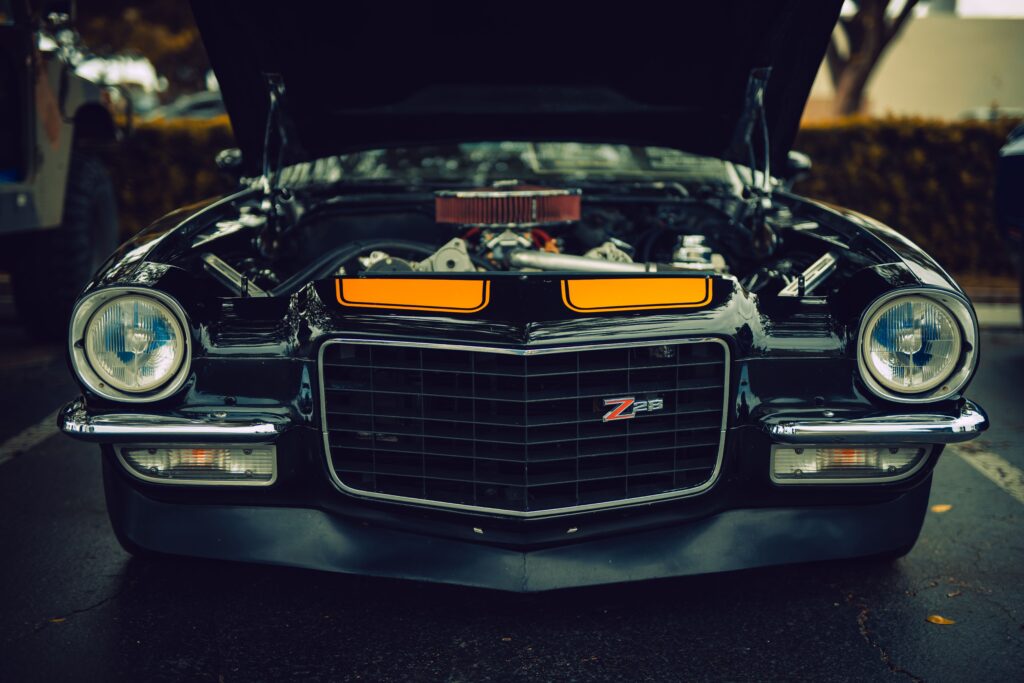
End of an Era and the Z28’s Return
However, by the mid-1970s, muscle-car production was starting to slow down, even though the Camaro was still a regular contender in the Trans-Am racing series. Increased emissions requirements and burgeoning oil embargoes diminished the viability of high-performance cars like the Camaro Z28. In 1974, Chevrolet dropped the Z28 option, but it would return again in 1977 for the Camaro’s third generation, although still without the performance of the previous models.
Although sales remained uncertian for the automobile industry in the 1970s, the Camaro Z28 was still an icon of American performance cars that still provided an exciting combination of power, style, and handling like few of its rivals, and has become a sought-after collector piece.

Legacy and Collectability
Able to surpass the SS of its first generation, the second-generation Camaro Z28 became a true icon of classic American muscle, especially when the first-iteration SS 396 model from 1969 was refreshed with all-new bodywork in 1970 for the 1970-72 models. It’s the wild styling and aggressive looks that seemed to enamor collectors especially to the all-new styling that characterized the 1970-72 Camaro Z28. New powertrain and body pieces also gave these cars a much more appealing appearance than the cars they replaced. The last of the Z28s with all the power they could generate before emissions requirements regulated anything that bellowed too loudly were in 1970-73 models.
Performance, style and innovation are the key words that encapsulate the memory of this car. Through the Z28 platform, Chevrolet defined what a supercar could be, and what gave it the greatest bragging rights as the epitome of American muscle cars. And when modern Camaros are released with the Z28 badge, the motorsport legacy and memorable automotive history should prove that the spirit of the first version will be a car that will never be forgotten.
Come see this iconic staple of the Chevrolet brand at Diamonds and Donuts. This past car show at Diamonds by Raymond Lee was held as a charity event for hurricane relief, and the next show will be held this December as a toy drive for charity.


